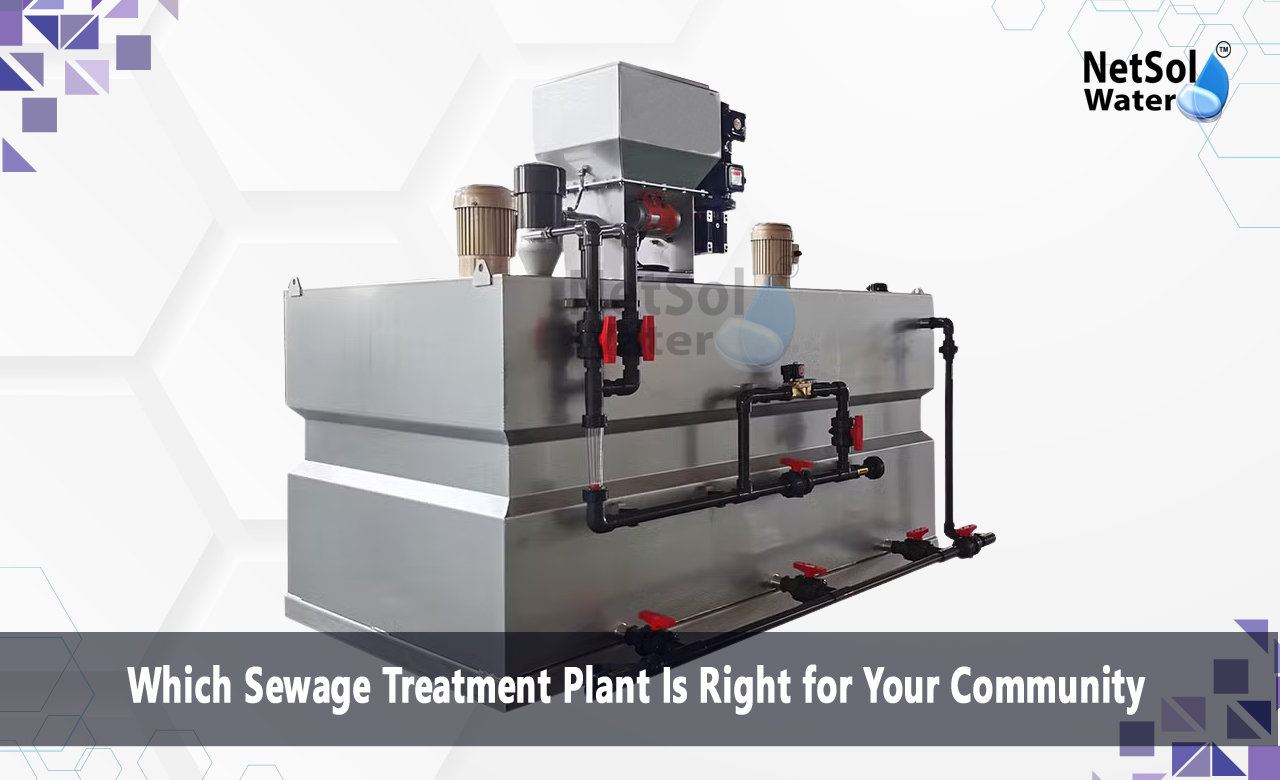Which STP Design Works Best for You?
Every building produces wastewater that needs proper treatment before release into the environment. Selecting the right Sewage Treatment Plant design makes a significant difference in treating wastewater effectively. The right STP design helps protect water bodies from contamination. It also ensures your property meets environmental regulations. We will help you understand different STP designs to make an informed choice for your needs. We will explore the key factors that influence STP selection along with the advantages of each design type. Understanding these aspects will enable you to choose a system that serves your requirements while protecting the environment. The following sections break down the essential components of STP designs. They also explain how each type handles wastewater treatment differently.
Understanding STP Basics
Sewage Treatment Plants form the foundation of wastewater management in modern infrastructure. These systems transform contaminated water into treated water through various processes. The basic concept involves multiple stages of treatment that progressively clean the water. Each stage removes different types of contaminants from the wastewater. Let us examine the fundamental aspects of STP systems that influence their design selection.
1. Treatment Stages
The primary stage removes solid materials through physical separation methods. The secondary stage breaks down organic matter using biological processes. The tertiary stage further purifies the water through advanced treatment methods. These stages work together to produce water that meets environmental standards.
2. Flow Patterns
The movement of water through an STP system affects its treatment efficiency. Gravity-based systems use natural flow patterns to move water between treatment stages. Pumped systems use mechanical means to control water flow. The choice between these patterns depends on your site conditions.
3. Space Requirements
Different STP designs need different amounts of space to operate effectively. Conventional designs typically need more area for treatment tanks. Modern compact designs use advanced technology to reduce space requirements. This factor becomes especially important in urban areas with limited space.
Types of STP Designs
Each STP design offers unique benefits for specific situations. Your choice depends on several factors including space availability. The volume of wastewater also influences the selection. Let us explore the main types of STP designs available today.
1. Activated Sludge Process
This design uses biological treatment to clean wastewater. Microorganisms break down organic matter in aeration tanks. The process produces high-quality treated water. It works well for large-scale applications.
2. Moving Bed Biofilm Reactor
MBBR technology uses special carriers to grow beneficial bacteria. These bacteria clean the wastewater as it flows through the system. The design needs less space than traditional systems. It handles varying loads of wastewater effectively.
3. Sequencing Batch Reactor
SBR systems treat wastewater in cycles within a single tank. Each cycle includes filling treatment and discharge phases. The design saves space through its compact layout. It provides consistent treatment quality.
4. Membrane Bioreactor
MBR systems combine biological treatment with membrane filtration. This combination produces extremely clean water. The design works in small spaces. It meets strict discharge requirements.
Selecting the Right Design
The selection process requires careful consideration of multiple factors. Your specific needs determine which design works best. Let us examine the key considerations that guide this decision.
1. Site Conditions: The available space shapes your design options. The ground conditions affect installation requirements. The location of discharge points influences system layout. These physical factors narrow down suitable designs.
2. Wastewater Characteristics: The type of wastewater affects treatment requirements. The volume determines system capacity needs. The pollution load influences treatment intensity. These characteristics guide technology selection.
3. Operational Requirements: Different designs need different levels of maintenance. Power consumption varies between systems. Operator expertise requirements differ among designs. These factors affect long-term operations.
4. Cost Considerations: Initial installation costs vary significantly between designs. Operating costs depend on system complexity. Maintenance expenses differ among technologies. The total lifecycle cost influences the final choice.
Take Action for Better Water Treatment:
Finding the right STP design requires expert guidance. Our team helps you evaluate your specific needs. We analyze site conditions and recommend suitable options. Contact us today to discuss your STP design requirements. Our experts will help you select a system that serves your needs effectively.
To explore customised commercial RO plants, Industrial RO plant, ETP or STP solutions for your needs in your areas and nearby regions, Contact Netsol Water at:
Phone: +91-965-060-8473
Email: enquiry@netsolwater.com











